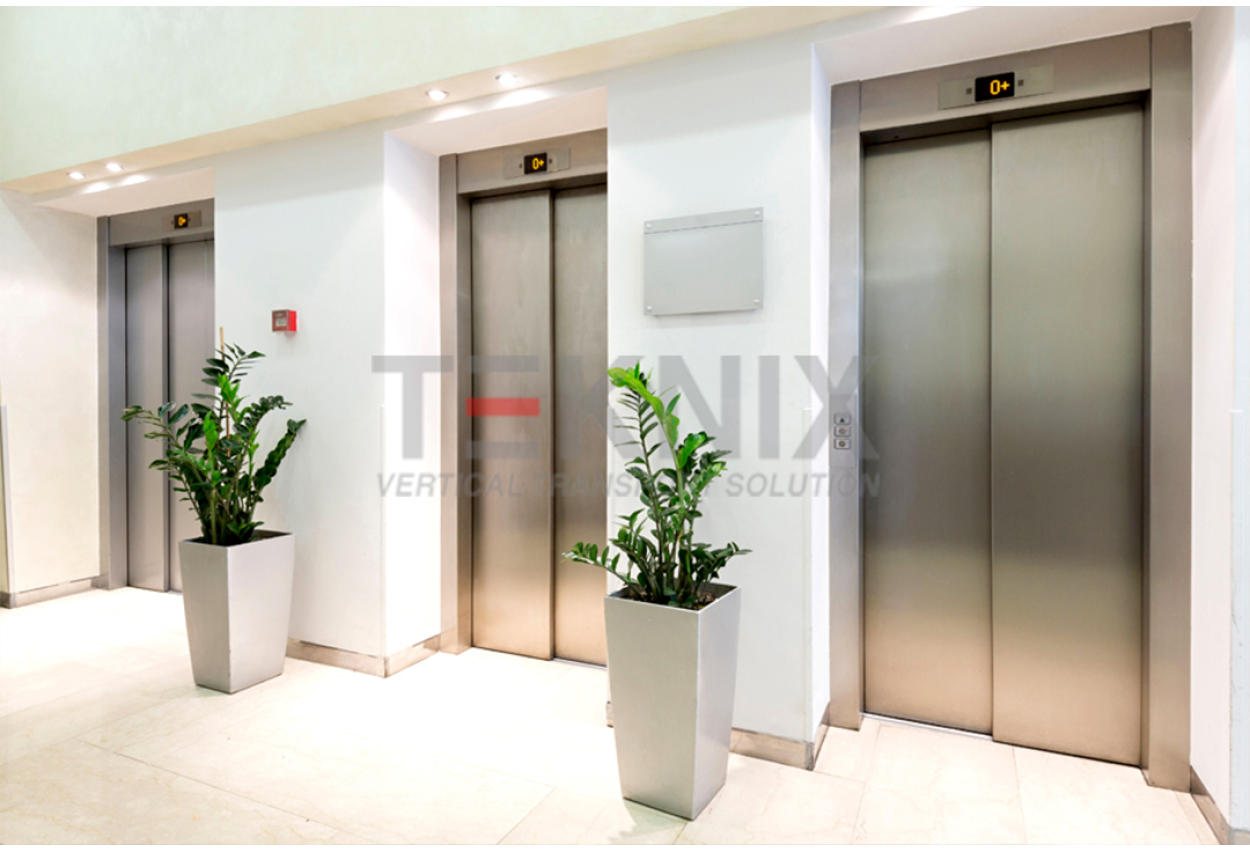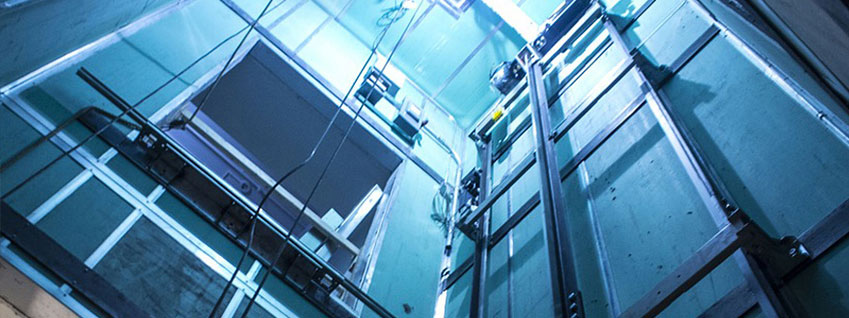Discover Reputable Lift Repair Near Me for Fast and Affordable Service
Discover Reputable Lift Repair Near Me for Fast and Affordable Service
Blog Article
Unwinding the Intricacies of Lift Technology: Troubleshooting Common Issues Throughout Lift Models
From slow-moving operation problems to peculiar sounds rising from the machinery, troubleshooting usual problems throughout various lift designs demands a keen eye for information and an organized technique. Remain tuned as we navigate via the maze of lift malfunctions, seeking remedies to the enigmatic issues that can interrupt the smooth functioning of these indispensable devices.
Determining Slow Operation Issues

Following, examine the electric links to make sure that all elements are correctly connected and functioning. Faulty wiring or loosened links can cause slow down operation or full breakdown of the lift system. Furthermore, it is vital to evaluate the control system to identify if the issue depends on the shows or sensors.
If the visual examination and electric checks do not expose the root reason of the sluggish operation, more analysis tests might be needed. These might include stress tests for hydraulic systems, voltage examinations for electric components, or running analysis software application for the control system. repair and maintenance services. By complying with a systematic strategy to fixing slow procedure issues, you can successfully determine and deal with the trouble, making sure the lift operates securely and effectively
Resolving Unusual Sounds
To efficiently repair lift innovation for strange noises, a thorough assessment of the lift components complying with the identification of sluggish procedure issues is critical. Unusual sounds in lifts can be indicative of underlying issues that require timely focus to ensure the security and integrity of the system. Common resources of weird noises in lifts consist of worn-out or misaligned wheels, damaged motor bearings, broken or loose suspension ropes, and malfunctioning control systems. When resolving strange noises, it is important to conduct a methodical examination of these components to determine the specific reason for the noise properly. This may include looking for any type of visible indicators of damage, testing the performance of motor bearings, tightening loose connections, and oiling relocating parts as required.
Furthermore, it is crucial to refer to the lift manufacturer's upkeep standards and look for support from qualified specialists when handling complex lift parts or strange troubleshooting treatments. By quickly settling and resolving odd noises underlying issues, lift drivers can make sure the optimal efficiency and safety and security of the lift system for travelers and operators.
Handling Faulty Control Problems
A reliable method for addressing faulty control troubles in lift technology includes conducting a detailed assessment of the control system's elements and functionality. When coming across concerns with lift controls, it is important to initial check for any type of loosened connections, harmed circuitry, or malfunctioning sensors. Confirming that all control display screens, keypads, and buttons are functioning properly is additionally important in identifying the trouble properly.
If no visible problems are evident, technicians need to continue to evaluate the control board for any signs of water damages, getting too hot, or deterioration, as these can commonly bring about regulate breakdowns. In addition, resetting the control system or upgrading the software program might aid resolve certain problems or pests creating the trouble.

Taking On Hydraulic System Malfunctions
The effectiveness of hydraulic systems in lifts depends heavily on the appropriate performance of numerous components within the system. When hydraulic systems malfunction in lifts, it can lead to operational disruptions and security worries.
An additional constant hydraulic system breakdown is a loss of stress, which can arise from air getting in the system, liquid contamination, or pump inefficiencies. Technicians can address this by bleeding the system to remove air, replacing contaminated fluid, or servicing the pump as needed. Additionally, abnormalities in hydraulic liquid degrees or uncommon sounds throughout lift operation may indicate underlying system malfunctions that require immediate attention to avoid further damages. Normal upkeep and timely troubleshooting of hydraulic system problems are important to wikipedia reference making sure the efficient and safe procedure of lift modern technology.
Taking Care Of Electrical Part Failures
Dealing with electric element failures in lift modern technology requires an organized technique to diagnosing and resolving problems to maintain functional functionality and safety and security requirements. When encountering electric issues in lift systems, it is crucial to initial conduct a detailed assessment of the electric elements, consisting of control panels, circuitry, sensors, this hyperlink and motherboard. Any indications of damage, rust, loosened connections, or scorched elements must be meticulously noted and resolved promptly to stop further problems.
When it comes to electrical element failings, it is important to comply with supplier guidelines for fixing and fixing procedures. This may include examining the components utilizing multimeters, oscilloscopes, or other analysis devices to pinpoint the exact source of the breakdown. In addition, having a comprehensive understanding of the lift's electrical schematics and electrical wiring layouts can help in determining and fixing issues efficiently.
Regular maintenance and assessment routines can aid protect against electric failings by spotting prospective problems early. Correct training for lift professionals on electric systems and parts is also vital to ensure accurate diagnosis and reliable resolution of electric troubles, inevitably adding to the general security and dependability of lift operations.
Final Thought
In conclusion, troubleshooting lift technology requires an organized strategy to recognize and attend to typical problems such as slow procedure, weird sounds, malfunctioning controls, hydraulic system malfunctions, and electrical part failings. By comprehending the complexities of lift modern technology and adhering to appropriate troubleshooting actions, professionals can successfully fix issues and ensure the secure and effective operation of lifts across numerous designs.
To effectively repair lift innovation for strange sounds, an extensive evaluation of the lift parts complying with the identification of sluggish operation concerns is critical. Odd noises in lifts can be a sign of underlying problems that call for prompt focus to guarantee the safety and security and dependability of the system.An effective approach for attending to malfunctioning control issues in lift technology includes conducting an extensive evaluation of the control system's parts and functionality.The effectiveness of hydraulic systems in lifts relies heavily on the proper functioning of numerous components within the system. repair and maintenance services. When running into electrical issues in lift systems, it is crucial to very first perform a comprehensive assessment of the electric components, including control panels, circuitry, sensing units, and circuit boards
Report this page